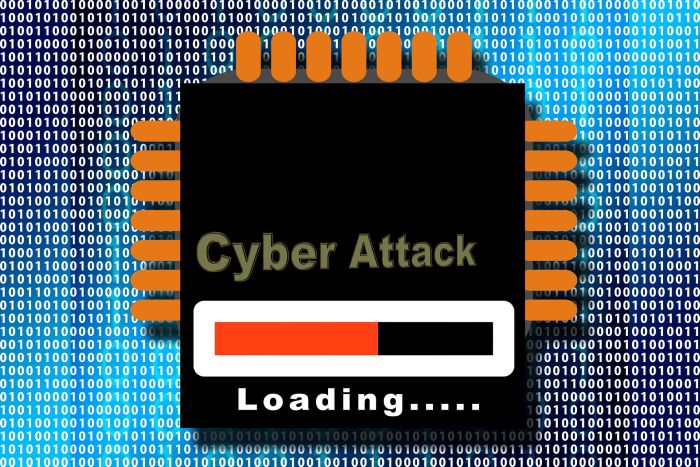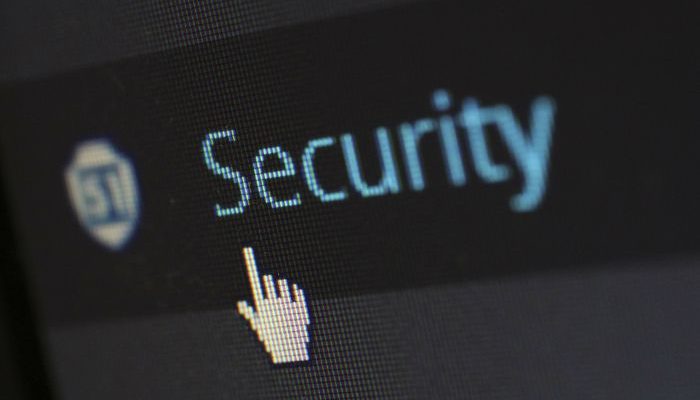The digital age, with its vast connectivity and limitless possibilities, has revolutionized how we live, work, and play. Yet, lurking in the shadows of this vast digital frontier are threats that can disrupt, damage, and even destroy. A cyber attack, in simple words, is a malicious and deliberate act designed to breach the information system of another individual or organization. Picture this: an artist passionately crafts a masterpiece, only for a vandal to tarnish it overnight. That’s the scale and intensity with which these cyber assaults impact our digital world.
What makes these attacks so intriguing is the sheer genius behind them, coupled with their potentially devastating outcomes. As we gear up to journey through some of the most outrageous cyber attacks in history, we’ll not only learn about the past but also become more vigilant about the future.
While security services are haunting cybercriminals; i have decided to make a list of the biggest cyber attacks in history. Check out 10 Most Outrageous Cyber Attacks in History.
10 – Robert Tappan Morris and the Morris Worm (1988)
Designed by Cornell graduate student Robert Tappan Morris, Morris Worm is the first computer worm transmitted through the Internet. In less than a day, the Morris worm affected approximately 10% of the 60,000 Internet-connected computers across the United States.
09 – Michael Calce causes $1 billion dollars in damages (2000)
Michael Calce a.k.a. MafiaBoy was just a Canadian high school student when decided to unleash a DDoS attack on a number of high-profile commercial websites including Amazon, CNN, eBay and Yahoo. He is arrested and sentenced to eight months in a youth-detention center.
08 – Operation Aurora (2009)
Operation Aurora was a series of cyber attacks conducted by advanced persistent threats such as the Elderwood Group based in Beijing, China, with ties to the People’s Liberation Army. First publicly disclosed by Google on January 12, 2010. In a blog post, the attacks began in mid-2009 and continued through December 2009.
07 – Teen hacks NASA and US Defense Department (1999)
15 years old Jonathan James had managed to penetrate the computers of a US Department of Defense division and installed a backdoor on its servers. This allowed him to intercept thousands of internal emails from different government organizations including ones containing usernames and passwords for various military computers.

06 – Kevin Poulsen blocked phone lines to win Porsche (1990)
Kevin Poulsen took over of all of the telephone lines for Los Angeles radio station KIIS-FM, guaranteeing that he would be the 102nd caller and win the prize of a Porsche 944 S2 . Kevin and his associates, stationed at their computers, seized control of the station’s 25 telephone lines, blocking out all calls but their own.
05 – Hacker targets Scientology (2008)
In January 2008, Dmitriy Guzner along with a gang of hackers launched a DDoS attack that crippled the Church of Scientology website for several days. At the end, he has admitted playing a role in the cyber assault.
04 – Solar Sunrise (1998)
SOLAR SUNRISE was a series of DoD computer network attacks which occurred from 1-26 February 1998. Attacks were widespread and appeared to come from sites such as: Israel, the United Arab Emirates, France, Taiwan, and Germany.
03 – The Melissa virus (1999)
Melissa virus is a fast-spreading macro virus that is distributed as an e-mail attachment that, when opened, it disables a number of safeguards in Word 97 or Word 2000. Created by David L. Smith, Melissa caused the Microsoft Corporation to shut down incoming e-mail. Intel and other companies also reported being affected.
02 – DDoS attack to whole internet (2002)
Mysterious hackers started a DDoS attack to to bring down entire internet. The attack was aimed at the 13 root servers that run as the master directory for lookups that match domain names with their corresponding IP addresses. These root servers are the servers that support top-level domains such as .com, .net and .org, and below the top-level domain servers are hosts of individual Web sites.
01 – Albert Gonzalez steals tens of million of credit card details (2009)
More than 130 million bank accounts were allegedly stolen by Albert Gonzalez, who once worked with the U.S. Secret Service.
A Look Back at The First and Biggest Cyber Incidents
The annals of cybersecurity attacks in history are filled with tales of brilliant minds exploiting the digital loopholes. As we discuss the ten most outrageous attacks, two moments stand out for their impact and audacity. First, it’s imperative to recognize what’s considered the ‘first’ cyber attack: the Morris Worm of 1988. A seemingly innocent piece of code that inadvertently replicated itself, choking around 6,000 computers, and marking the dawn of cybersecurity attacks.
Fast forward to recent times, the most significant breach that stunned the world was the 2013 Yahoo! hack. This colossal violation compromised three billion accounts, revealing usernames, email addresses, and other sensitive data. While many incidents since have attempted to eclipse this, Yahoo’s breach remains an indelible mark in cybersecurity attacks in history.
Cyber Safety: A Guide to Fortifying Your Digital Defense
In today’s world, where digital presence is as real as our physical existence, the need to safeguard oneself online has never been more pressing. Every click, every download, and even the sites we frequent make us susceptible to threats. But how can one truly armor themselves in this vast digital expanse?
The first step is awareness. Recognizing potential threats, from phishing scams to malware, can be a significant deterrent. Regularly updating software ensures you’re armed with the latest security patches. Employing user activity monitoring software can be particularly effective, providing insights into potential vulnerabilities.
Multi-factor authentication, while sometimes seen as a hassle, adds an additional layer of protection, making it more challenging for potential attackers to gain access. Additionally, for those managing a small retail business, considering dedicated cybersecurity solutions tailored to your needs can be a boon.
Moreover, it’s crucial to be educated about the signs of online fraud. Being able to protect yourself against online fraud once can prevent multiple potential threats in the future. By implementing these measures and staying updated with the latest in cybersecurity trends, one can significantly reduce the risk of falling prey to malicious online entities.


